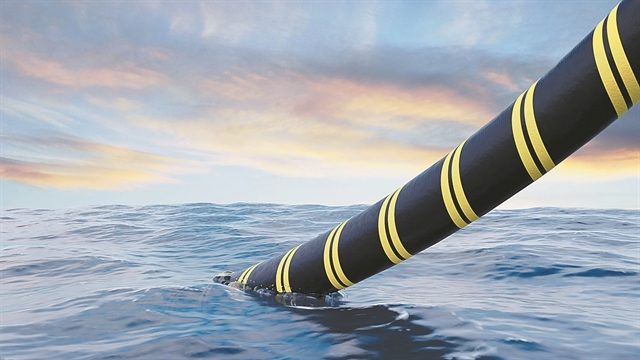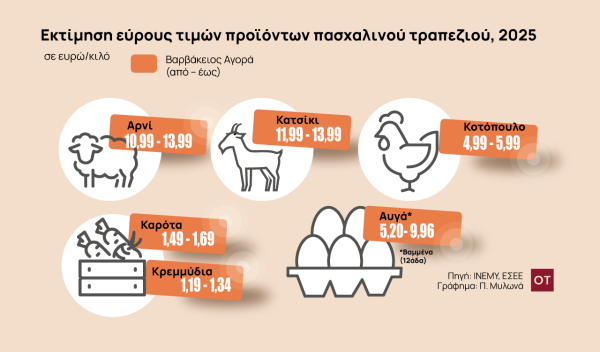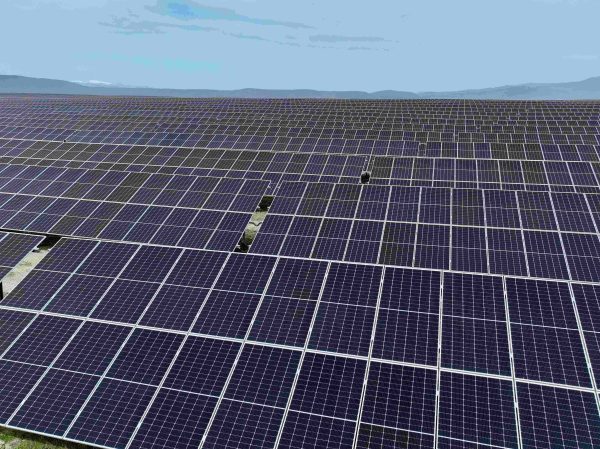
The Crete-Attica electrical interconnection is complete and is expected to be operational from spring of 2025, just before the start of the tourist season, reports AMNA.
The project is crucial to secure Crete’s energy security, reduce emissions, and lower electricity costs. Carrying a price tag of over €1.1 billion, the interconnection will have a capacity of 1,000 megawatts.
The Crete-Attica interconnection is the island’s section interconnection with the mainland. The first was between Crete’s western region of Chania and the Peloponnese, which was completed in 2021.
Benefits of the Crete-Attica Electrical Interconnection
The interconnections are expected to lower the cost of power, reduce Greece’s reliance on fuel imports, and lower emissions by enabling the use of more renewable energy sources to generate electricty. These benefits are particularly important for Crete due to its size and the high electricity demand during the summer tourism season.
Once the interconnection becomes operational, the fuel-powered electricity generation units on Crete will be decommissioned, elaborates AMNA.
This will lower the costs of Public Service Obligations (PSOs), currently funded by consumers through electricity bills, saving an estimated €300 million annually. Additionally, the decommissioning will prevent the annual emission of 500,000 tons of carbon dioxide and enable further development of renewable energy sources on the island.
Project Details
According to the Independent Power Transmission Operator (IPTO), the Crete–Attica Interconnection is currently the largest and most complex power transmission project in Greece, with a budget exceeding €1.1 billion. It uses cutting-edge bipolar HVDC technology and Voltage Source Converters (VSC) at its converter stations.
AMNA reports that its technical features rank it among the top interconnection projects globally. It is one of the three deepest interconnections worldwide and ranks at the top for power transfer capacity in an island system (1,000 MW), alongside the interconnection project of Sardinia, Italy.
Technical Specifications
The interconnection operates at a nominal voltage of 525 kV and has a transfer capacity of 1,000 MW, using VSC technology on both the Attica and Crete sides.
Attica Converter Station: Located north of the 400 kV Koumoundouros substation, it operates at 400kV/500kV AC/DC with a bipolar design and a capacity of 2×500 MW.
Crete Converter Station: Located in the Damasta region, operating at 150kV/500kV AC/DC.
Cables:
- Two submarine cables using Mass Impregnated HVDC technology, 525 kV, and 335 km in length.
- Two underground cables (Attica: 32 km, Crete: 11 km).
- Fiber optic cables totaling 378 km.
- The contractors for this project include some of the world’s leading companies, utilizing two of the most advanced cable-laying ships globally.
Financing
The project is funded under Greece’s NSRF Operational Program, with €313.2 million allocated for its first phase (completed by December 2023) and €222.3 million earmarked for the second phase under the 2021–2027 NSRF program for Environment and Climate Change.
Latest News

Greek Government Reissues 10-Year Bond Auction for €200 Million
The amount to be auctioned will be up to 200 million euros, and the settlement date is set for Friday, April 25, 2025 (T+5)

Greece Defines Continental Shelf Limits and Maritime Zones in Landmark EU Document
The Maritime Spatial Planning (MSP) framework represents a comprehensive approach to spatial planning and is crucial for the successful development of a blue and circular economy

EU Praises Greece’s RRF Progress as Revised Recovery Plan Nears Completion
Athens is preparing to submit its revised “Greece 2.0” Recovery and Resilience Plan after Easter, with a slight delay from the initial timeline but with the European Commission’s approval.

Greek €200M 10Y Bond to be Issued on April 16
The 3.875% fixed-interest-rate bond matures on March 12, 2029, and will be issued in dematerialized form. According to PDMA, the goal of the re-issuance is to meet investor demand and to enhance liquidity in the secondary bond market.

German Ambassador to Greece Talks Ukraine, Rise of Far Right & Tariffs at Delphi Economic Forum X
Commenting on the political developments in his country, the German Ambassador stressed that it was clear the rapid formation of a new government was imperative, as the expectations across Europe showed.

Athens to Return Confiscated License Plates Ahead of Easter Holiday
Cases involving court orders will also be excluded from this measure.

Servicers: How More Properties Could Enter the Greek Market
Buying or renting a home is out of reach for many in Greece. Servicers propose faster processes and incentives to boost property supply and ease the housing crisis.

Greek Easter 2025: Price Hikes on Lamb, Eggs & Sweets
According to the Greek Consumers’ Institute, hosting an Easter dinner for eight now costs approximately €361.95 — an increase of €11 compared to 2024.

FM Gerapetritis Calls for Unified EU Response to Global Crises at EU Council
"Europe is navigating through unprecedented crises — wars, humanitarian disasters, climate emergencies," he stated.

Holy Week Store Hours in Greece
Retail stores across Greece are now operating on extended holiday hours for Holy Week, following their Sunday opening on April 13. The move aims to accommodate consumers ahead of Easter, but merchants remain cautious amid sluggish market activity.








































 Αριθμός Πιστοποίησης
Αριθμός Πιστοποίησης